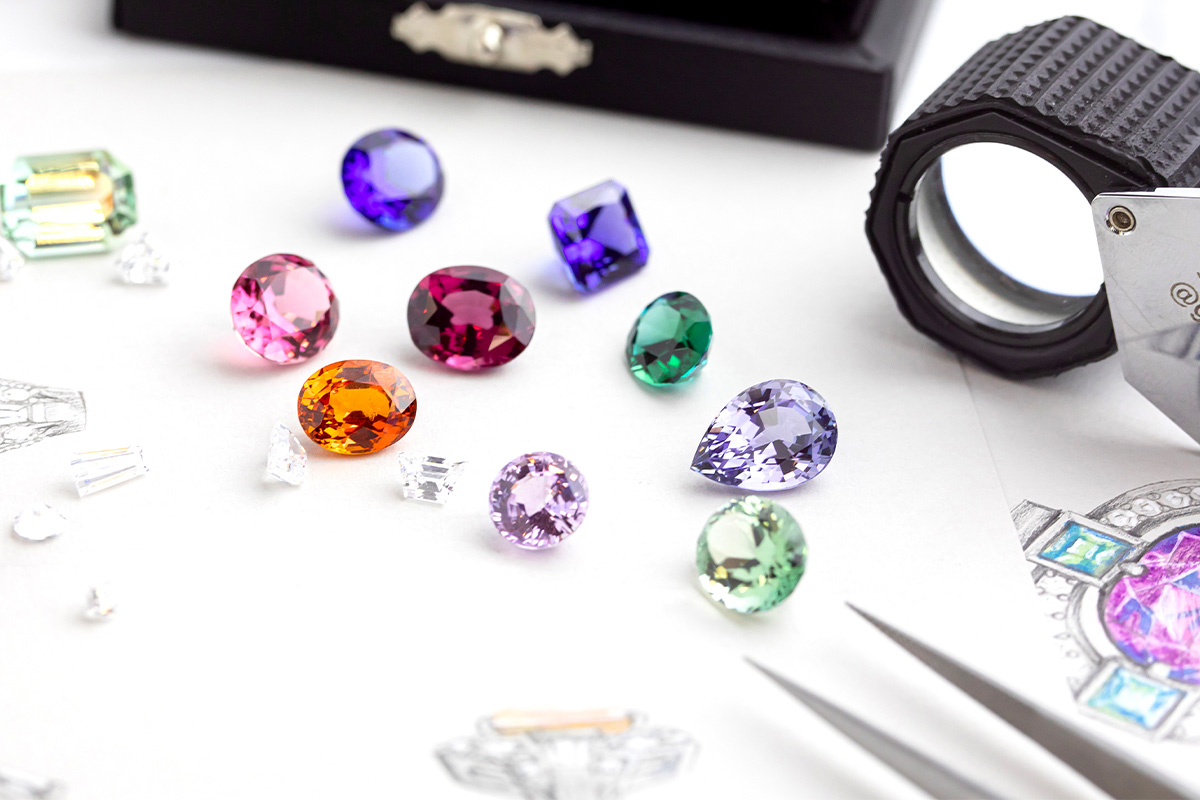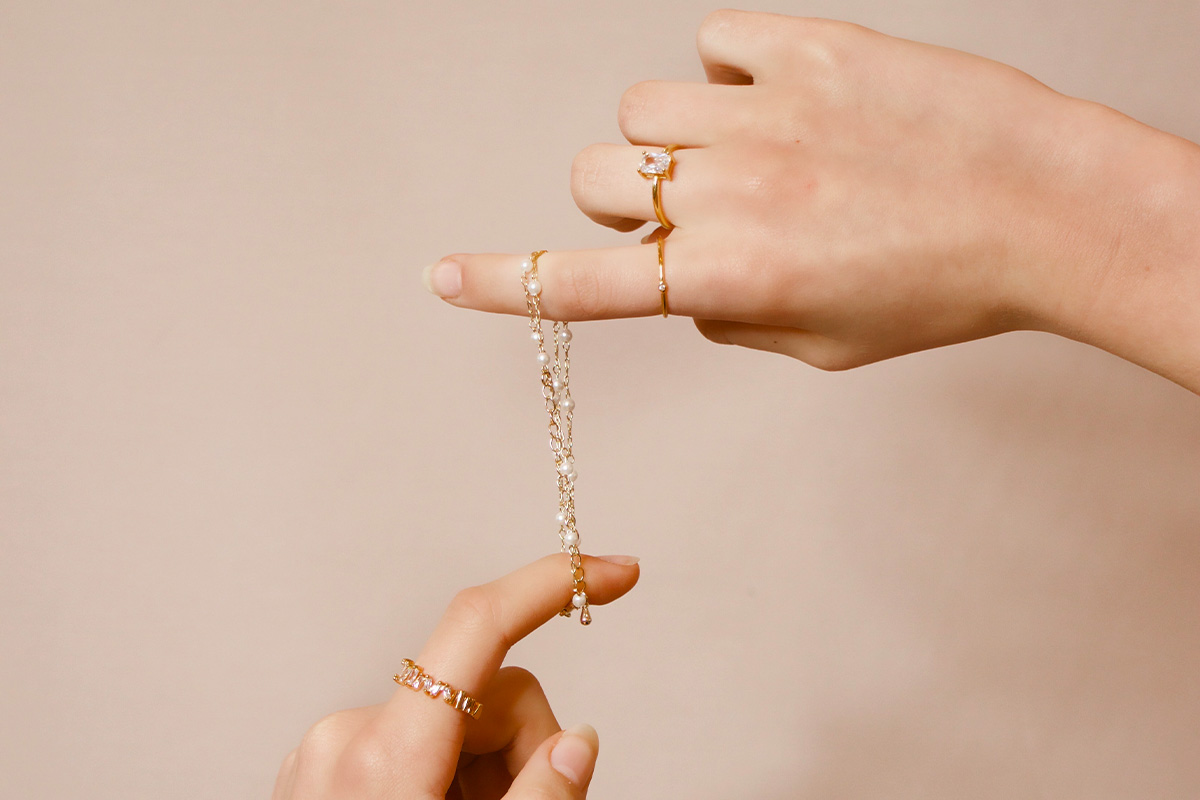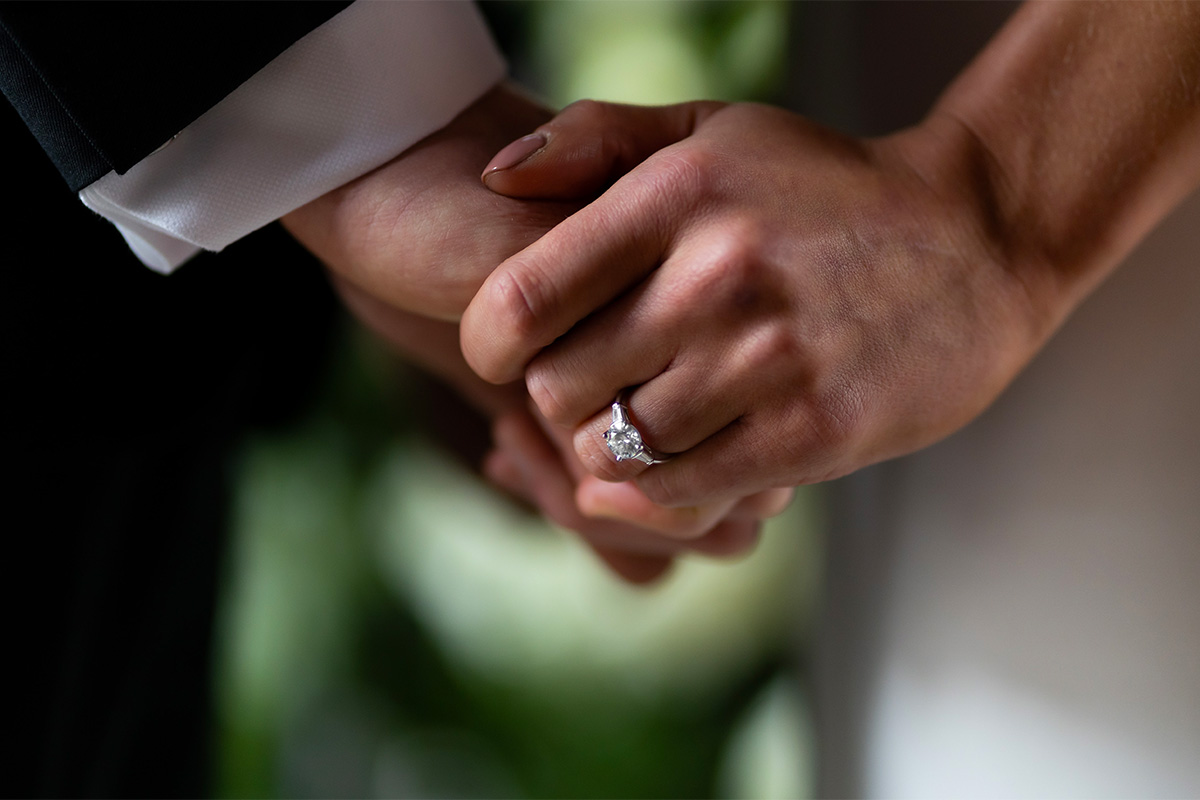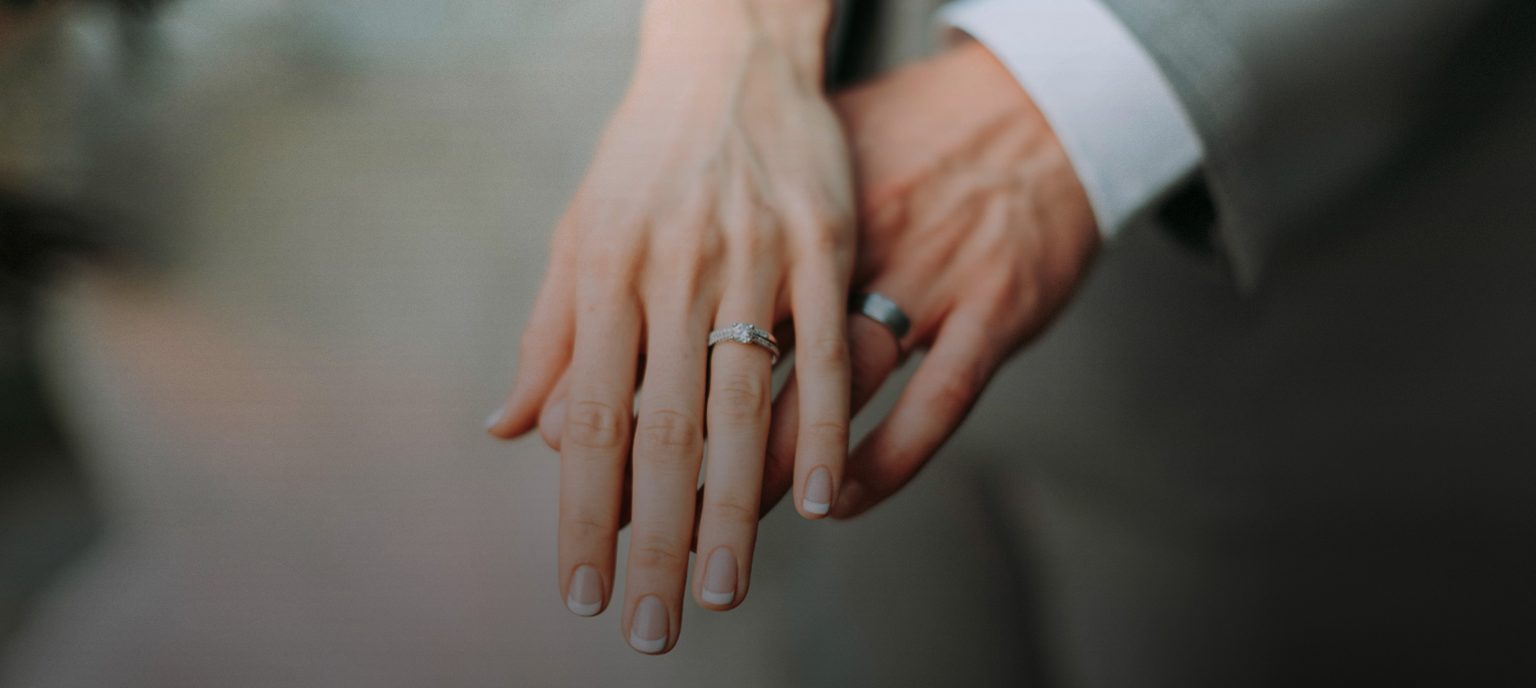It seems that sustainability and ethics are at the heart of just about every jewelry brand you Google these days and yet this industry, like fashion, requires a discerning pair of eyes to differentiate how clean a company’s products are.
In the ‘Conscious Jewelry Trend Report 2020’ conducted by ExJewel, data suggests that the demand for sustainable jewelry is, in fact, being driven by consumers, as searches for ‘ethical diamond’ have increased by 75 per cent, ‘lab-grown diamond’ by 83 per cent and ‘ethical gold’ by 73 per cent year on year.
“The most important conversation in our industry today is the discussion about ‘sustainability’ – what it means to the various sectors of our industry and how important it is to today’s consumers, upon whom we all depend,” says Susan Jacques, President and CEO, Gemological Institute of America.
Greenwashing within the jewelry industry
With more than half of global shoppers prepared to spend more on eco brands, those companies that fail to deliver may be at risk of falling behind. This might explain why some businesses make unsubstantiated claims that could easily be read as true.
Investing your time and money in genuine sustainable and ethical jewelry brands has far-reaching implications that go beyond ensuring the longevity of an item. While high quality is no doubt an important consideration, from mine to market, ethical jewelry makers are committed to minimising their impact on the environment and communities, including wildlife.
“It is important to send a message to those businesses and brands that continue to ignore the fact that we, as businesses, have an obligation to do everything in our power to do our part for the environment and for humanity,” explains Lars Larsen, Founder of Larsen Jewellery.
“Consumers have incredible power to demand and action change if they stop purchasing products and supporting brands that continue to have a detrimental impact on both our planet and on human beings.” – Lars Larsen
Mining itself introduces yet another layer of complexity to the jewelry trade that is not as simple as substituting a lab-grown diamond for its mined counterpart. However, there are a few indicators that suggest a company is making a concerted effort to reduce its involvement in and contribution to human rights abuses, environmental damage, conflicts, unfair working conditions and climate change throughout the entire supply chain.

This is a unique challenge, particularly for major commercial industry players, and if a jeweler is able to provide transparency regarding the origins of its diamonds and other gemstones, it is arguably more likely to be engaged in responsible sourcing practices. This is due to the fact that each jewelry piece typically represents a complex supply chain, passing through myriad hands and locations before it eventually reaches retailers.
With an estimated one million children working in unsafe mining conditions as well as millions of other workers relying on gold and diamond mining as a source of income, usually with very basic if any machinery, responsible sourcing ensures a level of accountability from brands. Specifically, children exposed to hazardous substances in mines can cause a range of health issues, injuries and even fatalities.
“Consumers have incredible power to demand and action change if they stop purchasing products and supporting brands that continue to have a detrimental impact on both our planet and on human beings,” Larsen asserts.
Sustainable and ethical jewelry considerations

Sustainable practices
One way for brands to reduce mining dependency is to recycle precious metals in-house or source them externally from reputable suppliers. Fortunately, silver and gold won’t lose their properties in the process, which is why some companies may even have ‘buyback’ initiatives in place. The most sustainably minded jewelry brands will seek to reduce waste and their carbon footprint at every level of the business, from recycled packaging and products to carbon-neutral shipping and renewable energy programs.
Ethical certifications
The gold mining industry, which is associated with a range of social issues, poses a significant risk to workers, who are naturally exposed to mercury and cyanide. However, ethical mining certifications, such as Fairtrade and Fairmined gold support mining operations that provide better working conditions and fairer wages.
However, it should also be noted that even when purchasing diamonds with Kimberley Process certification, the entire journey of a diamond is not typically traced and there may be potential loopholes within the definition of ‘conflict diamonds’.
Transparent supply chains
With transparency posing a significant roadblock to the jewelry industry, a company that can trace the journey of raw materials at different points throughout the supply chain is one step ahead. It is also worth mentioning that commitment to sustainable and ethical outcomes will also be reflected in partnerships with like-minded businesses that share a similar vision.
Lab-grown or mined diamonds
The latest research indicates that around 70 per cent of millennial-age consumers are interested in purchasing lab-grown diamonds for engagement rings, and while companies producing these alternatives may be marketing themselves as ‘eco-friendly’, it is important to assess the evidence. While diamonds grown above ground with renewable energy create less overall damage to the environment, given that approximately 250 tonnes of ore is uprooted for every single carat of polished diamond, it may not be ethical for millions of mining workers in developing countries to lose their jobs as a result.
Investing in quality
A high-quality jewelry piece purchased from a brand that aligns with your values is probably not something that occurs very often. This means the wearer is more likely to treasure this item and ensure that it doesn’t end up in landfill where fast fashion usually finds its home.
“If a consumer is thinking about sustainability, they should strongly consider an item of jewelry that is very well made and will last a lifetime or be passed on through generations,” Larsen suggests.

Actions to take as a consumer
Before you confidently slip that wedding ring onto your finger and proclaim ‘I do’, or want to reward yourself with something special, consider creating your own criteria for what ‘ethical’ and ‘sustainable’ mean for you.
6 questions to ask yourself:
- Where were the jewelry materials sourced? Were they ethically extracted? Does the brand recycle them at all?
- What certifications does the brand hold? Is it carbon neutral or a B-certified corporation?
- How aware is the brand of the mine-to-market journey?
- Can the company website and sales team provide specific information on it is ethical and sustainable?
- What does the brand do with its profits? Does it donate to charities?
- What types of packaging materials are used?
Read Next: The biggest companies in the world for 2021



